As an Amazon Associate, I earn from qualifying purchases
Varicose veins can be a painful and unsightly condition, affecting millions of people worldwide. These enlarged, twisted veins not only cause discomfort but can also impact mobility and quality of life. While various treatment options exist, including medical interventions and lifestyle changes, one often overlooked aspect of managing varicose veins is footwear.
Introduction to Varicose Veins and Their Impact
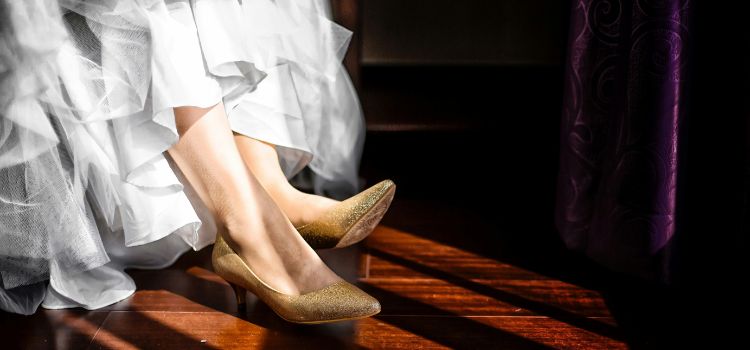
Varicose veins, with their enlarged and twisted appearance, often resembling blue or purple cords beneath the skin, are a prevalent vascular condition. They typically occur in the legs and can cause various symptoms, including swelling, heaviness, and discomfort. Varicose veins develop when the valves within the veins weaken or fail, leading to blood pooling and increased pressure in the affected veins. Factors such as genetics, age, pregnancy, and prolonged periods of standing or sitting can contribute to their development.
While varicose veins are not usually a serious medical concern, they can impact an individual’s quality of life by causing pain, discomfort, and cosmetic concerns. Effective management strategies, including lifestyle modifications, compression therapy, and proper footwear choices, can help alleviate symptoms and prevent complications associated with varicose veins. By understanding the impact of varicose veins and taking proactive steps to manage them, individuals can improve their vascular health and overall well-being.
Understanding the Connection Between Shoes and Varicose Veins
The shoes we wear can significantly impact our vascular health. Ill-fitting shoes, especially those with high heels or inadequate arch support, can exacerbate varicose veins by increasing pressure on the legs and impeding circulation. On the other hand, supportive footwear can help distribute weight evenly and promote better blood flow.
Key Features to Look for in Shoes for Varicose Veins
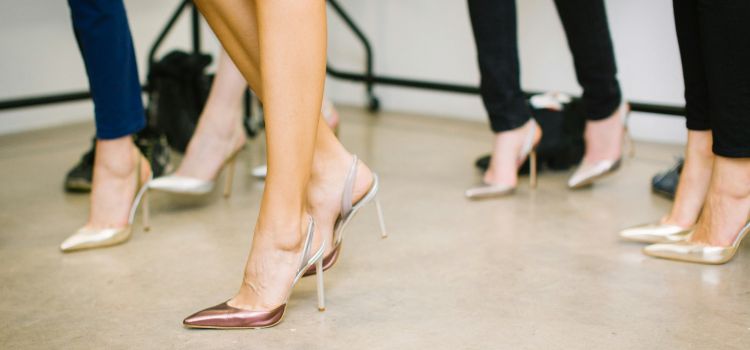
When searching for shoes tailored to varicose veins, focus on essential features like robust arch support to alleviate strain, ample cushioning to absorb shock and reduce impact, and a snug yet comfortable fit. Opt for breathable materials to prevent excessive sweating and discomfort, ensuring continuous airflow. Additionally, consider shoes with a wider toe box to accommodate any swelling and promote proper alignment. Prioritize footwear that prioritizes comfort over style, and consult with a podiatrist for personalized recommendations.
Types of Shoes Recommended for Varicose Veins
Various types of shoes are recommended for managing varicose veins effectively. Orthopedic shoes provide exceptional support and comfort, alleviating pressure on the veins. Compression socks and stockings promote better circulation and reduce swelling in the legs. Low-heeled shoes with a wide toe box help maintain proper alignment and minimize discomfort. Additionally, choosing footwear made from breathable materials can prevent excessive sweating and enhance overall comfort. Consulting with a healthcare professional can help identify the most suitable shoe type for individual needs.
Tips for Choosing the Right Shoes
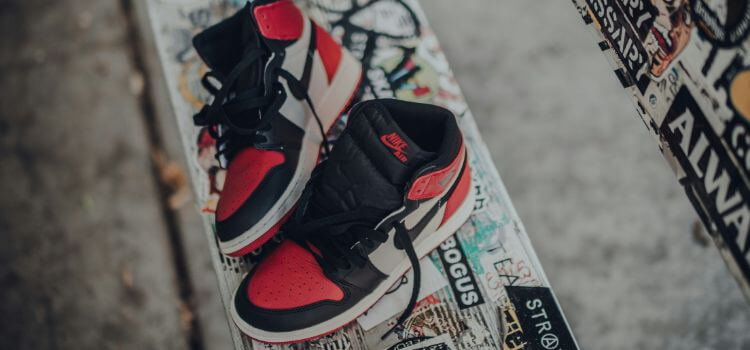
When selecting shoes to alleviate varicose vein symptoms, consider these tips for finding the right pair. Schedule a consultation with a podiatrist or footwear specialist to receive personalized recommendations. Try on shoes in the afternoon when your feet may be slightly swollen to ensure a proper fit. Measure both feet and allow room for toe movement to prevent constriction. Prioritize comfort over style, and opt for shoes with adequate arch support and cushioning. Finally, consider the breathability of the materials to prevent excessive sweating and discomfort.
Exercises and Additional Strategies to Complement Proper Footwear
In addition to wearing proper footwear, incorporating exercises and complementary strategies can further alleviate varicose vein symptoms. Practice leg elevation exercises by lying down and raising your legs above heart level to encourage blood flow back to the heart. Take regular movement breaks throughout the day to prevent prolonged periods of sitting or standing, which can exacerbate vein issues. Keeping a healthy weight with consistent exercise and a balanced diet helps alleviate pressure on the veins, promoting overall vascular health. Lastly, avoid crossing your legs when sitting and elevate your legs whenever possible to promote circulation and relieve discomfort.
Case Studies: Success Stories with Proper Footwear
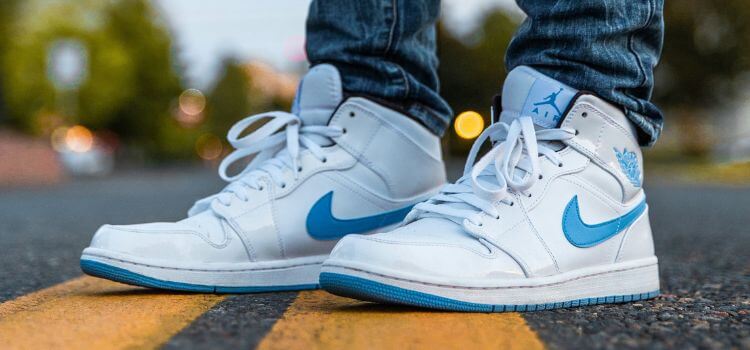
Real-life case studies highlight the effectiveness of proper footwear in managing varicose veins. For example, Sarah, a nurse, experienced significant relief from her symptoms after switching to orthopedic shoes with ample arch support and cushioning. Similarly, John, a teacher who spent long hours on his feet, found relief from swelling and pain by wearing compression socks and low-heeled shoes with a wide-toe box. These success stories underscore the importance of investing in supportive footwear tailored to individual needs for managing varicose vein symptoms effectively.
Myths and Misconceptions About Shoes and Varicose Veins
Dispelling myths and misconceptions about shoes and varicose veins is crucial for making informed footwear choices. Contrary to popular belief, wearing tight shoes does not directly cause varicose veins, but it can exacerbate symptoms by restricting blood flow. Similarly, high heels are often thought to improve circulation, but they can worsen varicose veins by increasing pressure on the legs. Additionally, there’s a misconception that only elderly individuals are affected by varicose veins, when in fact, they can occur at any age. By debunking these myths, individuals can make better-informed decisions when selecting footwear to manage varicose vein symptoms effectively.
The Importance of Seeking Professional Advice
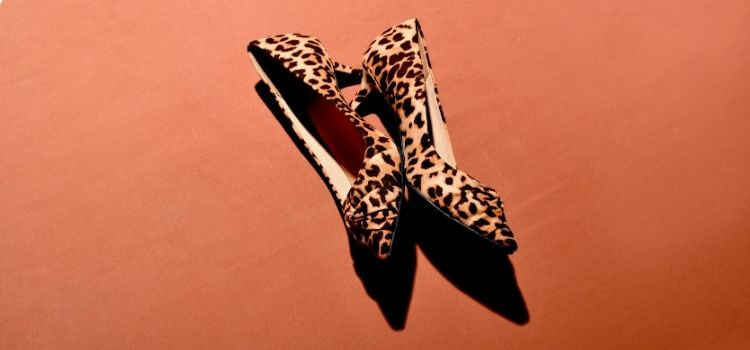
Seeking professional advice is essential when managing varicose veins, particularly regarding footwear choices. Podiatrists and vascular specialists can offer personalized recommendations based on an individual’s specific condition and lifestyle. They can assess factors such as foot structure, gait mechanics, and existing symptoms to determine the most suitable footwear options.
Additionally, healthcare professionals can guide other aspects of varicose vein management, such as exercise regimens, compression therapy, and potential medical interventions. By consulting with experts in the field, individuals can make more informed decisions that promote better vascular health and overall well-being.
Innovations in Footwear Technology for Varicose Veins
Advancements in footwear technology have revolutionized options for individuals with varicose veins. Specialized insoles and inserts provide targeted support to alleviate pressure on the veins and promote proper alignment. Innovative materials such as memory foam and gel cushioning offer superior shock absorption, reducing impact on the legs and enhancing overall comfort.
Some shoes feature breathable fabrics and moisture-wicking properties to prevent excessive sweating and irritation, further improving the wearer’s experience. Additionally, there are compression socks and stockings with advanced designs that enhance circulation and reduce swelling more effectively. These innovations in footwear technology offer individuals with varicose veins greater relief and support in managing their condition.
Cost-Effective Options for Varicose Vein Relief
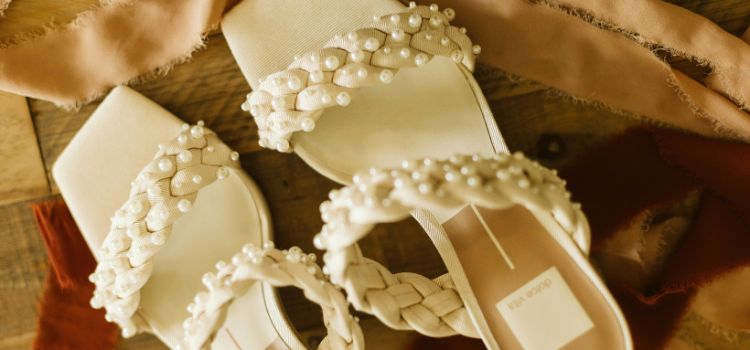
Managing varicose veins doesn’t have to be expensive, as there are several cost-effective options available. One affordable option is to invest in over-the-counter compression socks or stockings, which can help improve circulation and reduce swelling in the legs. Many drugstores and online retailers offer generic brands at lower prices without sacrificing quality. Another budget-friendly option is to explore orthopedic shoe inserts or insoles, which provide additional support and cushioning without the need for expensive custom-made orthotics.
Additionally, shopping during sales or utilizing coupons can help individuals find high-quality footwear at discounted prices. By exploring these cost-effective alternatives, individuals can effectively manage varicose vein symptoms without breaking the bank.
The Psychological Impact of Comfortable Shoes on Varicose Veins
The psychological impact of wearing comfortable shoes on individuals with varicose veins is profound. Relief from pain and discomfort not only boosts confidence but also improves overall well-being and mental health. By alleviating physical symptoms, comfortable shoes enable individuals to remain active and engaged in daily activities, enhancing their sense of independence and self-esteem.
Moreover, the ability to move freely without experiencing pain or limitation fosters a positive outlook on life, encouraging individuals to maintain a proactive approach to managing their condition. Ultimately, the emotional benefits of wearing comfortable shoes extend beyond physical relief, contributing to a more fulfilling and satisfying lifestyle for varicose vein patients.
Long-Term Benefits of Investing in Proper Footwear
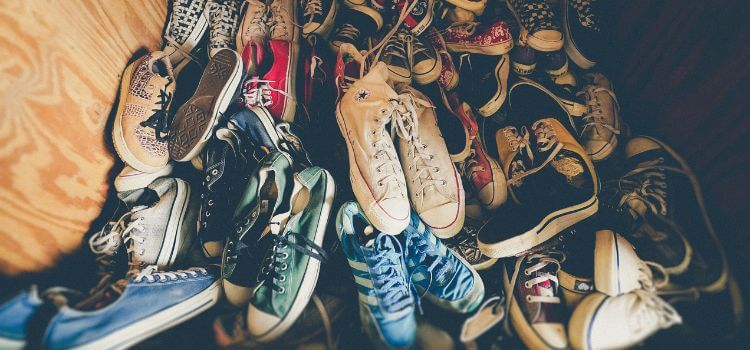
Investing in proper footwear offers numerous long-term benefits for individuals with varicose veins. By prioritizing comfort and support, individuals can effectively manage symptoms and prevent further complications associated with untreated varicose veins. Proper footwear helps to alleviate pressure on the veins, improve circulation, and reduce the risk of developing additional vascular issues over time. Additionally, wearing supportive shoes promotes better posture and alignment, which can prevent musculoskeletal problems in the long run.
Moreover, investing in quality footwear enhances overall foot health and mobility, allowing individuals to maintain an active lifestyle well into the future. By committing to wearing proper footwear, individuals can enjoy improved quality of life and long-term well-being while managing varicose veins.
Maintaining Foot Health Beyond Varicose Vein Management
Maintaining foot health goes beyond just managing varicose veins. It involves adopting habits and practices that promote overall wellness and prevent various foot-related issues. Regularly inspecting the feet for signs of irritation or injury, such as cuts, blisters, or fungal infections, is essential. Keeping toenails trimmed and moisturizing dry skin helps prevent discomfort and potential complications.
Additionally, wearing properly fitted shoes with adequate support and cushioning is crucial for preventing a range of foot problems, not just varicose veins. Engaging in regular physical activity, such as walking or stretching exercises, helps improve circulation and strengthens the muscles and ligaments in the feet. By prioritizing foot health beyond varicose vein management, individuals can enjoy better mobility, comfort, and overall well-being.
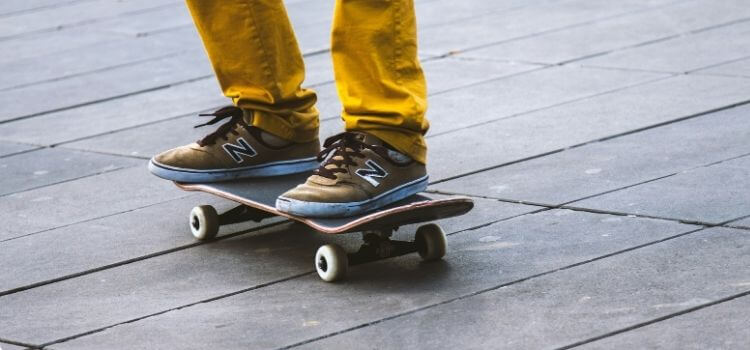
Conclusion: Empowering Varicose Vein Patients Through Informed Footwear Choices
Making informed footwear choices is crucial for empowering varicose vein patients to manage their condition effectively. By prioritizing features such as arch support, cushioning, and breathability, individuals can alleviate symptoms and improve circulation in their legs. Consulting with healthcare professionals and exploring innovative footwear technologies further enhances the options available. Additionally, embracing cost-effective alternatives ensures that managing varicose veins remains accessible to all. Ultimately, by taking proactive steps to select the right shoes, individuals can enhance their comfort, mobility, and overall quality of life while living with varicose veins.
As an Amazon Associate, I earn from qualifying purchases

Leave a Reply